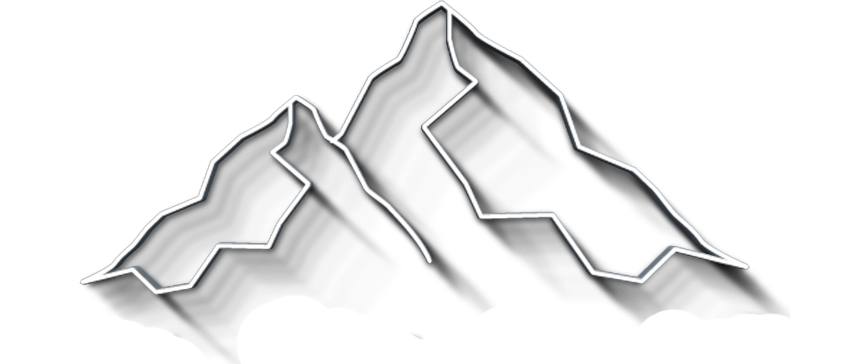How to Improve Your Mushroom Photography
In this post, I’m going to explore the beautiful world of mushrooms through macro photography. I want to show you how you can get the most out of Autumn and the mushroom season.
At the end of this post, you will also be equipped to capture gorgeous shots of mushrooms.
The best season for Mushroom photography is late summer and autumn. That’s when the abundance of mushrooms happens in the forest.
Download my Beginners Guide to Macro Photography - for Free!
However, you can also find smaller mushrooms in other seasons as well. Some lives on tree trunks, while others prefer growing near the roots of the trees. So even outside Autumn, you can often find mushrooms. So there are plenty of opportunities to capture some great shots if you look for them. Mushrooms prefer a good deal of humidity and shadow.
Tips for Forest Mushroom Photography
Bring a Tripod
Yes, mushrooms stand still and patiently wait for you to come up with the best framing. However, it doesn’t hurt to have a tripod with you. On the contrary. A tripod supports the weight of the camera and helps you avoid camera shake blur.
Mushrooms usually prefer dark places and moist conditions. As a result, you won’t have enough natural light for fast shutter speeds. And, to avoid noise, you should preserve a small ISO value. All these translate into a slow shutter speed and, thus, the need for a tripod.
Get to the Mushroom’s Level
A good starting point is to photograph the mushroom from an equal height. Get the camera to its level and photograph it from there. This allows you to capture its graceful form and make the mushroom fill more of the frame. It makes the mushroom seem more important. It’s no longer something insignificant at ground level. It’s a character that tells a story.
Depth of Field
You often want the entire mushroom in focus. Keep the depth of field large enough to cover it completely and have a beautifully blurred background surrounding the subject.
You can control the depth of field by adjusting the aperture or changing the camera-subject distance. Simply pull your camera back a bit to get a little more depth of field can include some of the surroundings but make it blurred and soft, so all the attention is on the mushroom.
If nothing works, you can increase the depth of field with focus stacking. In short, focus stacking means taking several shots, slightly adjusting focus in between, and then overlaying the images in post-processing.
Make sure you use a tripod for this, as you need to preserve the framing precisely.
Composition
You should use the rule of thirds as much as possible. It’s tempting to have the subject in the center of the frame, but it’s usually quite boring when you do so. You can create much more appealing compositions using the rule of thirds.
Another thing that works very well with mushrooms is the lead room principle. It means leaving some space that allows the viewer to follow the way it is leaning or pointing, if any. If you look carefully, you’ll notice that there is often a slight inclination of the mushroom’s umbrella.
If you include the surrounding in the frame, your photos will also benefit if you think a little about the balance in the image. Is there something in the frame on the opposite side of the mushroom that gives a sense of balance, or is this a dead area?
Watch out for Reflections
With mushrooms, you have to look out for reflections. They thrive in wet conditions, and if you go photographing mushrooms after a rain shower, you may end up with nasty reflections on top of the mushroom if you are not careful.
There are two things you can do about this. One, make sure that you use a polarizer filter to get rid of the reflections. And two, you can minimize the reflections if you don’t have a polarizer filter by shooting with the sun or light source coming from behind you. This gives you even front lighting with a lot fewer reflections compared to using backlighting. With backlighting, where the light source is behind the mushroom, making the reflection bounce on the surface and into your camera.
Lighting
Although your photo setup includes natural light, you don’t always have enough of it to use the camera settings that you want. The forest may be dense and dark, or the light reaching the mushroom may seem a little boring. In many situations, you will need an additional source of light.
Since nothing is moving in the frame, in mushroom photography, I often find that LED lights are easier to work with. You can position them as you wish and see the result before pressing the shutter.
Concluding words
Mushroom photography is a great way to enjoy the autumn outdoors. And with these few tips, you can get home with some great shots.





